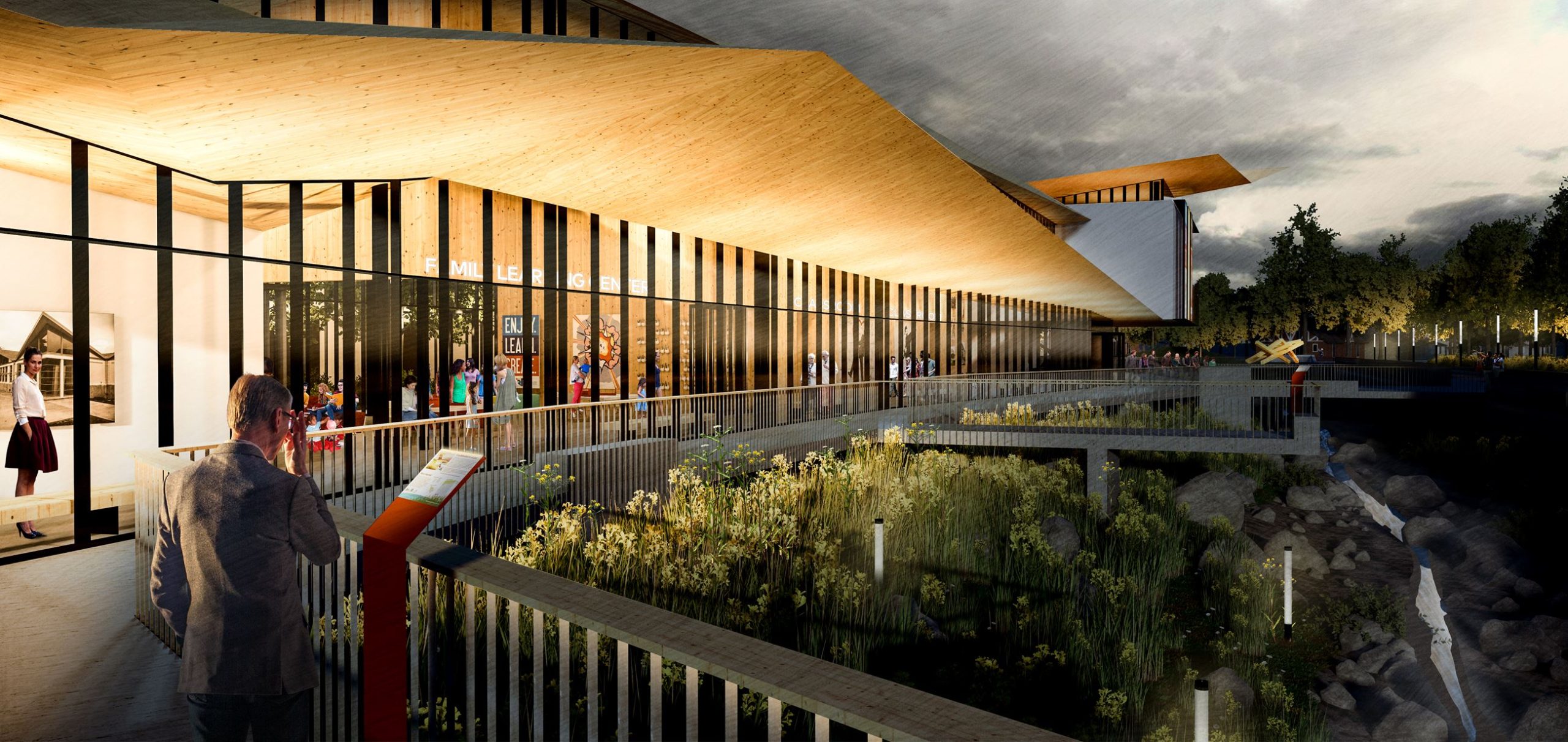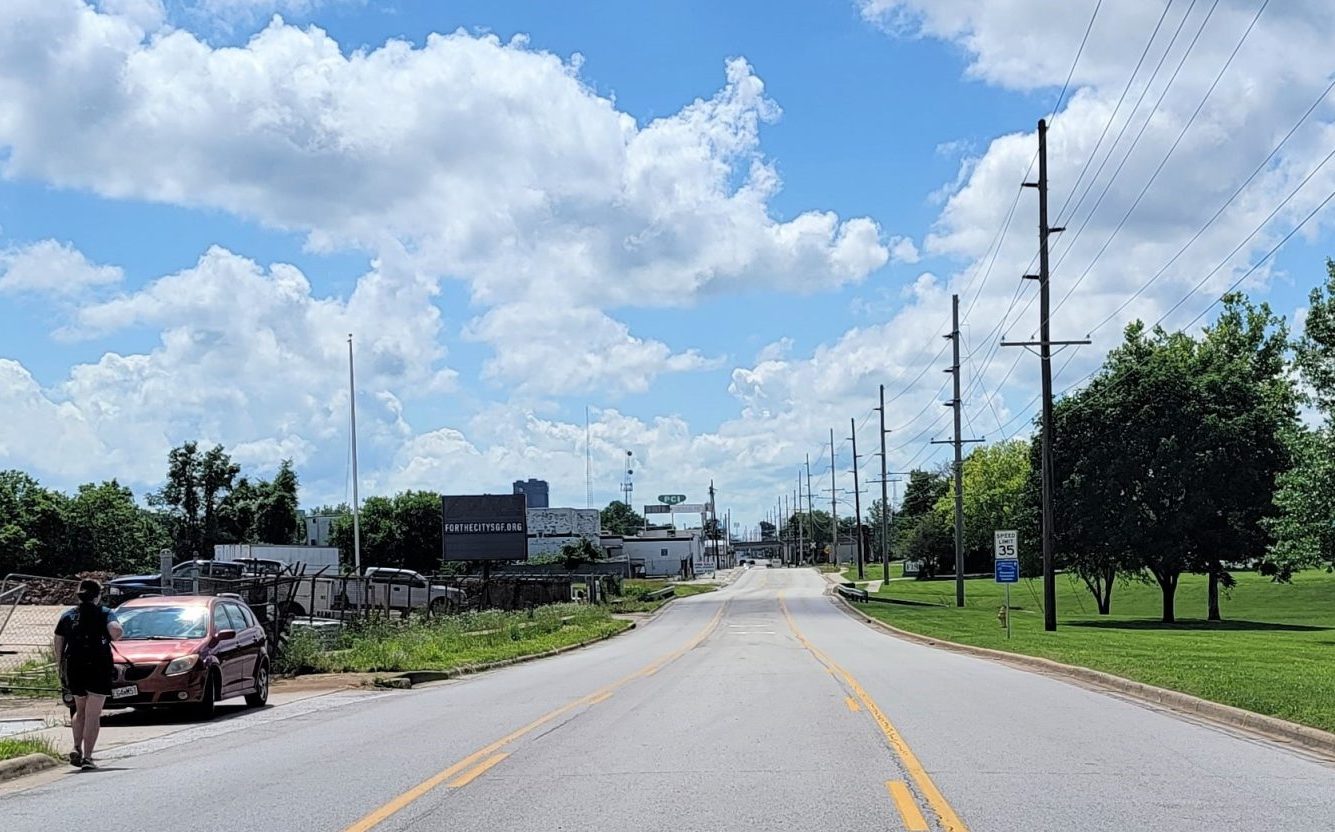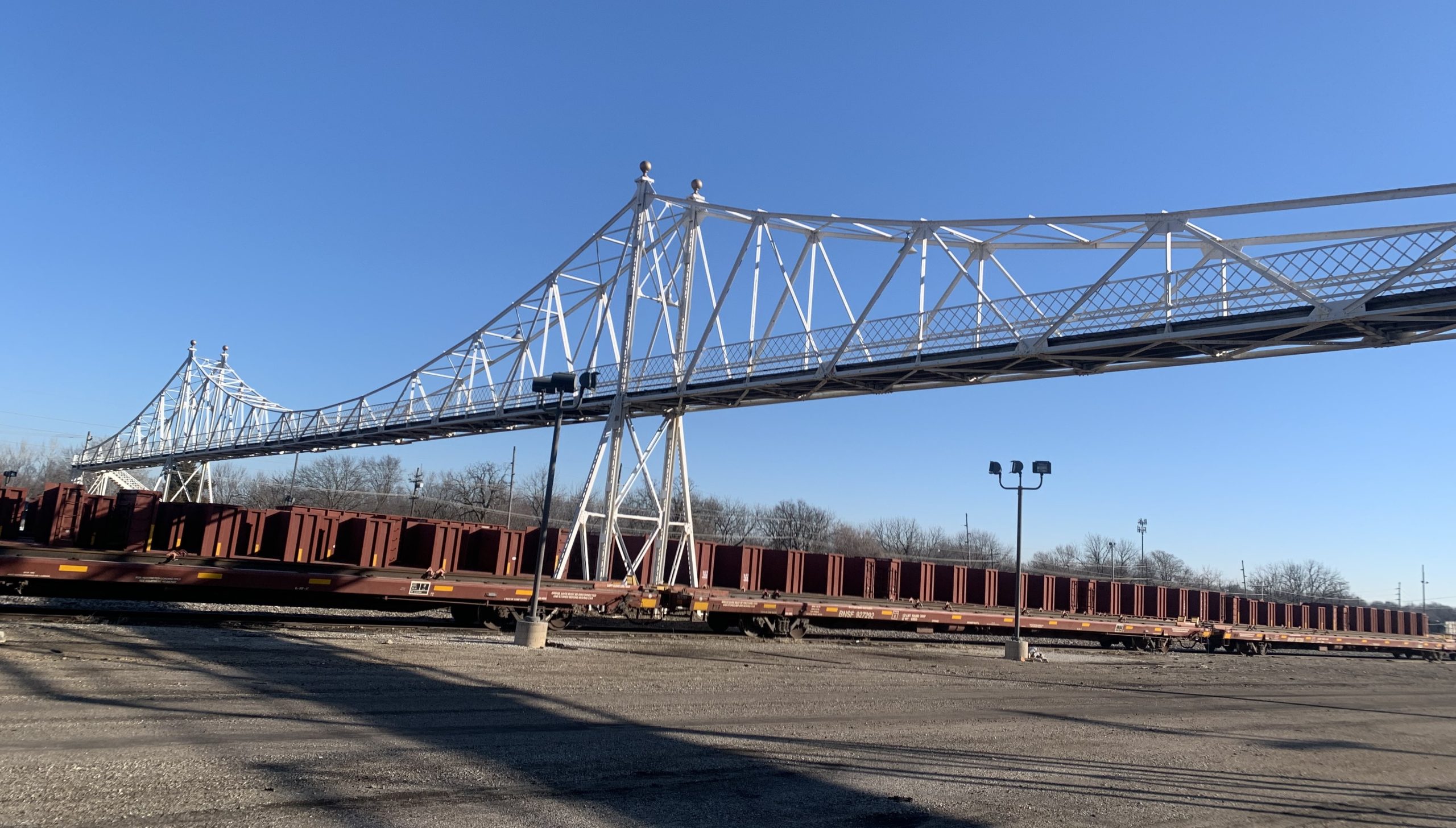Commercial Street is a “unique destination” loaded with potential for more growth and development. That’s why the people planning Springfield’s next 20 years of time want to nurture it.
Springfield’s planners want to play up Commercial Street’s image as a center for the arts, creativity and entertainment. They see it as a district loaded with potential for unique and memorable experiences for residents, workers and tourists.
Forward SGF is the title of Springfield’s comprehensive plan for growth and development from now until 2040. The plan document has 13 chapters, and one is dedicated to Commercial Street. It lays out five goals for the Historic C-Street corridor. The first goal is to foster a comfortable environment with streetscapes, outdoor lighting and functional spaces for spending time outside. The planners also want to improve street connectivity and access to Commercial Street, including gateway entrances to foster “a sense of place.”
Another goal is to develop the Moon City District’s “ethos of makerspaces,” which can include shared workshops, art studios and communal kitchens. The fourth goal is to guide growth and reinvestment in the properties at the east end of Commercial Street, particularly the 93-year-old Missouri Hotel. Finally, the plan authors want to encourage special events to market Commercial Street to visitors.
The planning consultants for Forward SGF and Mayor Ken McClure noted that Commercial Street has developed and changed in the last 15 years, and further transformation will help it thrive.
“Just like the city itself is on the cusp of so many good things, I think Commercial Street has done so well in recent years, but it’s on the cusp as well,” McClure said. “I think we need to do what we can to facilitate that continued development.”
Springfield Principal Planner Randall Whitman said the Forward SGF comprehensive plan will make a suggested list of public and private improvements to “trigger the next phase of revitalization for Commercial Street.”
Six city blocks and the town that surrounds them
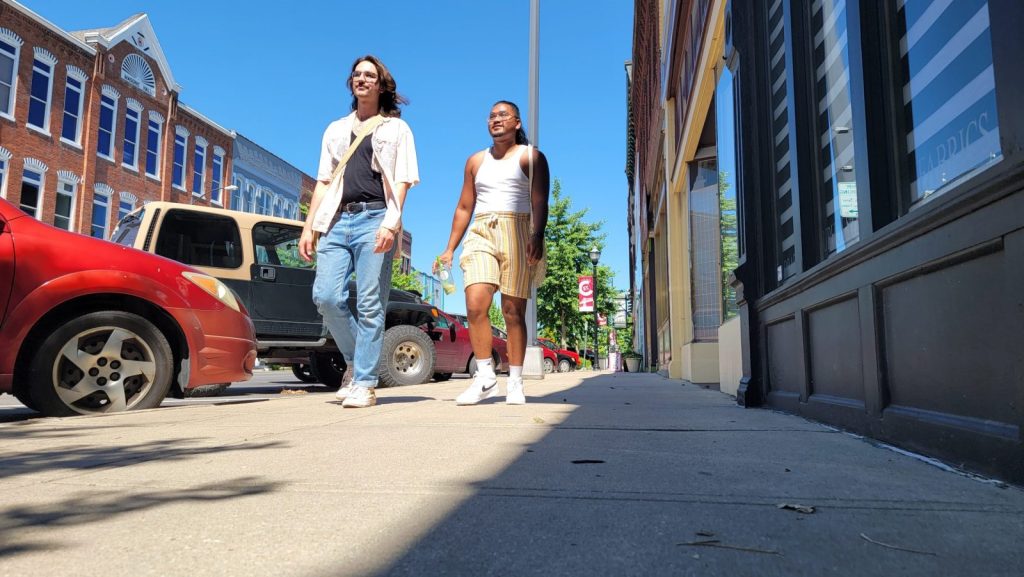
Six blocks of Commercial Street were first established as a historic district of designation in 1978. The area suffered from an economic downturn in the 2000s, but experienced a revival with a tax increment financing (TIF) establishment in 2008 and the start of a community improvement district (CID) in 2009.
Forward SGF’s C-Street chapter focuses on an area that goes from a western point at Douglas Avenue to an eastern end at Clay Avenue. A 15-member advisory team of Springfield residents worked with planning consultants, three merchant groups and input from 700 surveys to develop a vision and a set of opportunities and potential problems for Commercial Street.
“Emergent themes that came back from that community engagement period really revolved largely around a strong desire to continue to prioritize C-Street’s image as a unique and regional destination, and as a north side anchor,” Whitman said.
Revitalize the edges
The Missouri Hotel is another landmark seen as a focal point. Originally built in 1929 as the Greene Tavern Hotel, the four-story building was home to a hamburger joint, a bowling alley and a gas station and garage on its lower level throughout its years of operation as a hotel. In 1985, a nonprofit organization called The Kitchen leased the hotel and began operating it as a homeless shelter. The Kitchen ran the Missouri Hotel as a shelter until 2015.
Developer Titus Williams purchased the hotel building sometime in 2017.
Springfield-based Prosperiti Partners, with Williams as the president, introduced a master plan to redevelop the Missouri Hotel in 2019. According to the Commercial Street plan, “the project is projected to include 296 residential units (studio to 3-bedroom), 11,000 square feet of retail space, 234 parking spaces and outdoor public amenity spaces. Timing of development is yet to be determined.”
Whitman said it will be important to encourage revitalization on both ends of Commercial Street where property is currently vacant.
“There are a lot of properties that are empty, a lot of buildings that are empty, so making sure those get revitalized, especially on the east and west ends of the district,” Whitman said.
Encouraging mixed use development continues into surrounding neighborhoods.
“There are a lot of vacant properties, a lot of vacant buildings that are really outside of the commercial area but are on the edge of Midtown and Grant Beach,” Whitman said. “We want to make opportunities for those to evolve into a different type of more dense housing or non-residential uses that support that type of neighborhood and Commercial Street.”
A better Boonville Avenue
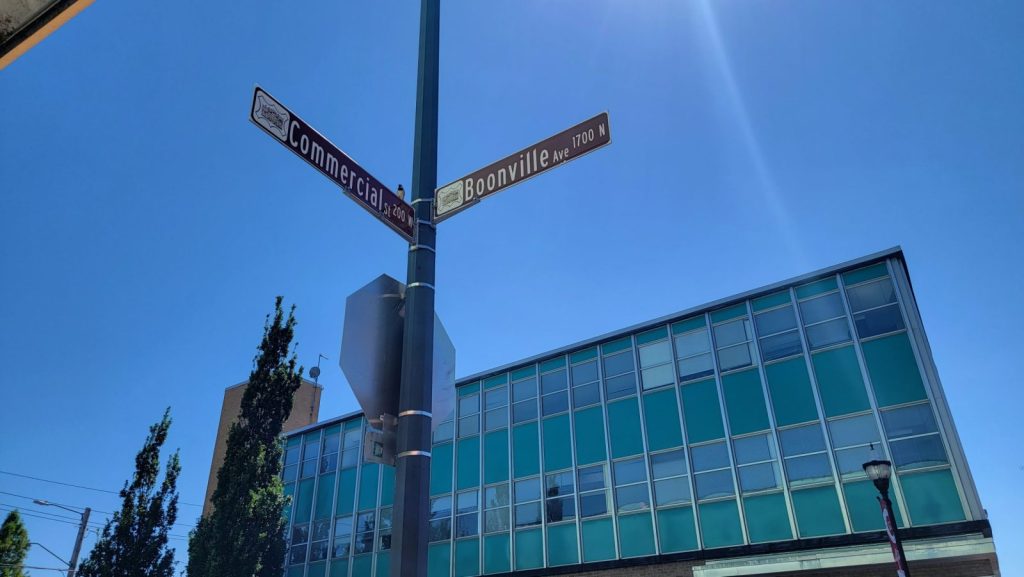
Since the new Greene County Jail opened earlier this year, the dynamics of Boonville Avenue have changed. As Commercial Street develops, and as the Springfield City Council oversees another master plan for the revitalization of downtown Springfield, the planners have hopes for Boonville Avenue as a prime north-south artery.
In the near future, Whitman will help unveil some proposed parking reconfigurations and a master plan for the city’s property on Boonville Avenue
“Staff is developing a corridor plan for Boonville,” Whitman said. “We’re about halfway finished with that now. We conducted interviews with all of those major players, Assemblies of God, Central Assembly and the county.”
McClure hopes developers will consider Boonville Avenue for mixed-use projects. The mayor noted it can be hard to find a bite to eat if you are working at the government plaza on Boonville Avenue north of Chestnut Expressway.
“I’ll show my age, but Hamby’s is gone,” McClure said. “You can’t go eat anywhere around the government complex. Those types of things will really draw people in, and draw retail in, and that’s the key.”
Hamby’s closed in 2002, according to the Springfield News-Leader archives. The building at 901 North Boonville Avenue was demolished to make way for a parking lot.


